I’m a Belgian field archaeologist specialized in animal mythology from the Germanic and Viking Era. Enjoy the wonders of the Early Middle Ages with me!
Last active 3 hours ago
Don't wanna be here? Send us removal request.
Text
This is a minor thing but it is very annoying to me when people replace every instance of "th" with þ, while ignoring the existence of ð. Like those indicate very different sounds I'm sorry you are not really saying "þat, þis, þose" unless you are hosing me down with saliva
7K notes
·
View notes
Text

In a fascinating archaeological find, a 9th-century Viking woman's burial revealed a ring inscribed with the Arabic phrase "for Allah," highlighting intriguing cultural connections between Norse and Islamic worlds.
Discovered in Birka, Sweden, a prominent Viking trading hub, the ring's inscription points to the extensive trade routes and interactions of the Viking Age. This discovery suggests that the Viking woman, possibly of high status, had significant contact with the Islamic world or was part of a broader exchange network.
5K notes
·
View notes
Text

Gold earring with glass gems, Lombardy, 500-700 AD
from The Victoria & Albert Museum
467 notes
·
View notes
Text

Silver and rock crystal pendant uncovered near Gotland, Sweden, circa 1100-1500 AD
from The Historiska Museum
398 notes
·
View notes
Text


Cast Bronze Boar Figures, 150-50 BCE, Hounslow, Middlesex, British Museum, London
These were found together and may be the crests from sheet bronze helmets rather than free-standing figurines. Stylistically they are the earliest animal figurines found in Britain.
207 notes
·
View notes
Text

Gold ring with garnets and a pearl, Frankish, 450-550 AD
from The Metropolitan Museum of Art
605 notes
·
View notes
Text

Anglo-Saxon Garnet Pendant for a Noblewoman, 600 to 700 CE, Hull and East Riding Museum of Archaeology, Hull
340 notes
·
View notes
Photo

Viking gold brooch, Hornelund, Denmark, 10th century
694 notes
·
View notes
Text

Gold and carnelian ring, Merovingian France, late 6th-early 7th century AD
from The Louvre
585 notes
·
View notes
Text

Silver armlet, uncovered in Gotland, Sweden, 10th-11th century
from The British Museum
314 notes
·
View notes
Text
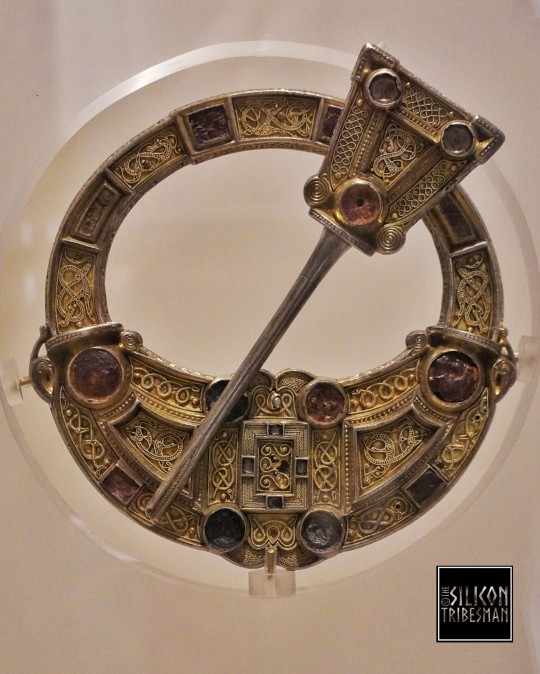
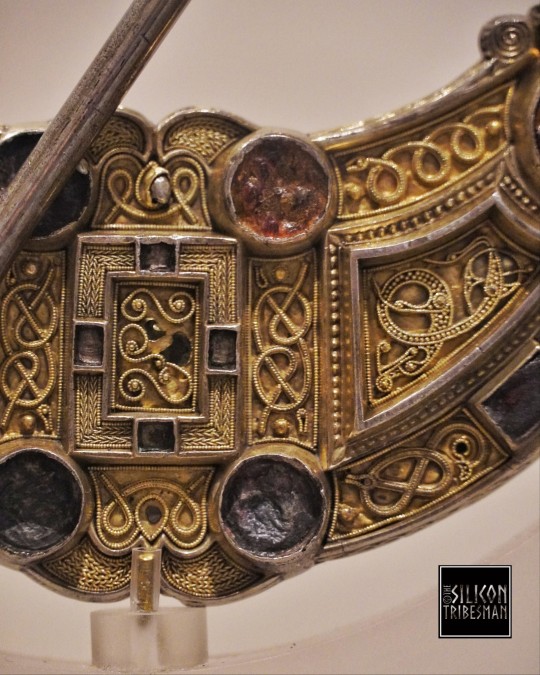
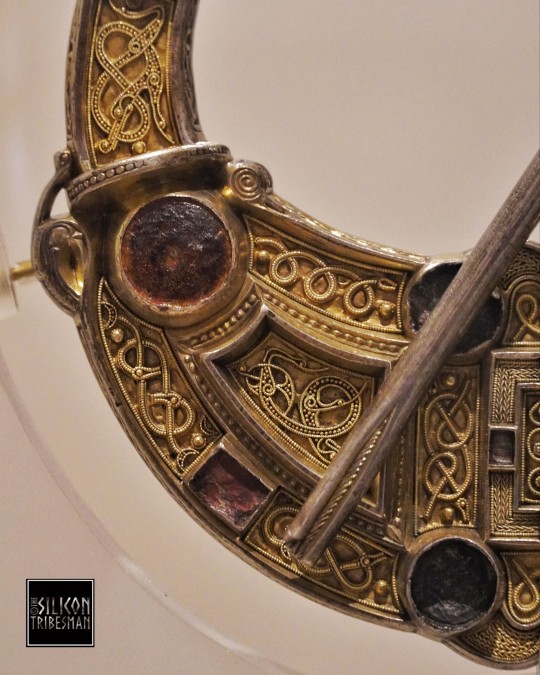
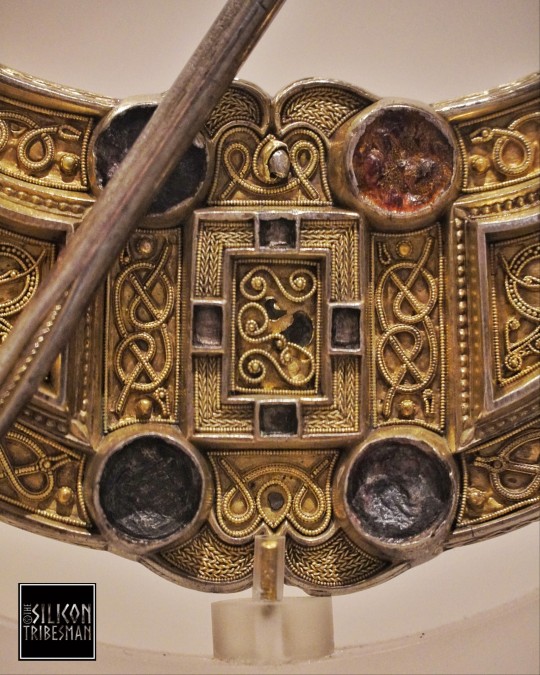
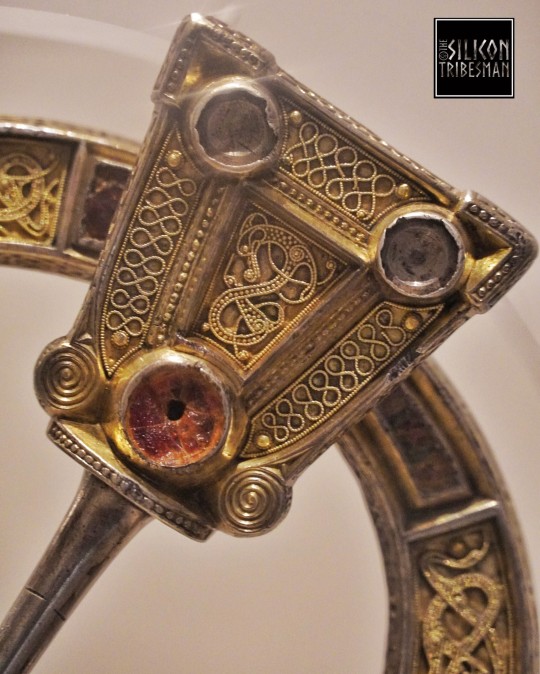
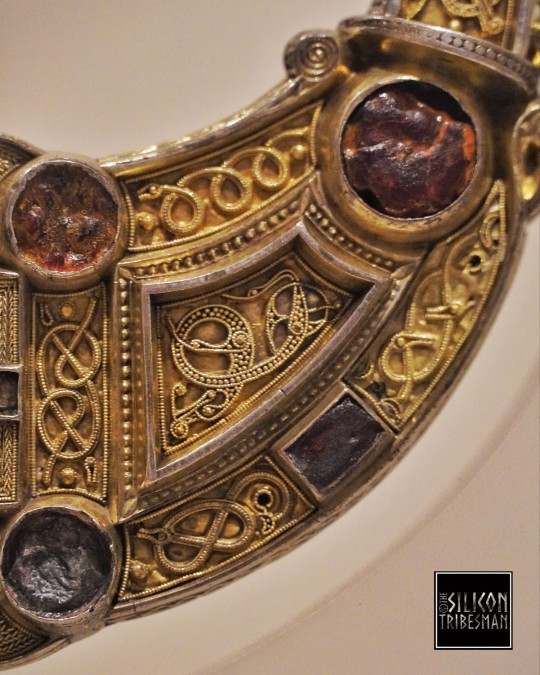
The Hunterston Brooch, 700CE, likely Dunadd, Argyll, The National Museum of Scotland, Edinburgh
811 notes
·
View notes
Text

Gold ring with garnets and a pearl, Frankish, 450-550 AD
from The Metropolitan Museum of Art
605 notes
·
View notes
Text
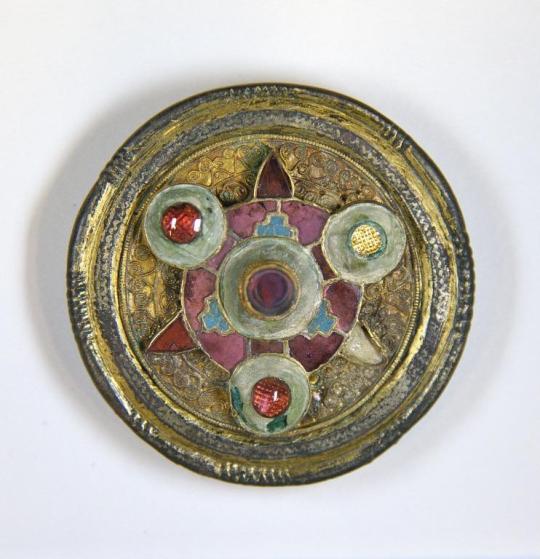
Gilded silver brooch with garnets and glass stones, Anglo Saxon England, 6th-7th century AD
from The National Museums, Liverpool
966 notes
·
View notes
Text

Gilded silver bow brooch with garnets, France, circa 500-550 AD
from The Victoria & Albert Museum
413 notes
·
View notes
Text
So I might’ve actually lectured my lecturer. He’s an archivist, but not a historian (in the broadest version of the word).
Previously mentioned: Roman archives, didn’t really survive because of wax tablets and papyri decaying but we know they wrote and archived. Sure.
After the disappearance of the Western Roman Empire (he was very safe with his word choices here), archiving or writing large amounts of texts wasn’t really a thing, until the Arabs came by the 12th century and Europe was archiving again.
HOLD THE FFING PHONE RIGHT THERE! And I did ask why he was reasoning this way. He didn’t really got me immediately so I provided him with examples.
Roman law didn’t disappear, it was held up and added upon. (Fine = income!) we know this because A) we have catholic additions on it making pagan elements in society illegal, B) we have written versions of the Lex Salica as old as the 8th century, C) Carolingian Minuskel is a thing, learned how to read it at previous Uni.
They just continued copying/translating Greek to Latin to f.e. Diets.
Laws are only useful when you have an institute that has them, can check on them and execute them. All those laws are stored somewhere (= archived).
Handy for cloisters to know how many properties they have and what they provide in income and how much they cost.
Roman law became regional, the Goths, Salic Franks, Anglians all had written law. The Catholic Church even invited Irish monks over to baptize Europeans and they introduced the space in written language in the process to make it easier for them. Writing… archiving…
The Catholic Church was very keen on making martyrs immediate saints. Their stories were recorded (!) into hagiographies. We still have those. They were kept (archived!) in churches and cloisters.
They like their heroes. Tales like Beowulf are 8th century. The church wrote their hymns down so they could hand it out to their singers. The church provided education. The male elite could write…
Gregorius of Tours wrote his Historia Francorum. He wrote the history of the Francs, while they were still around! That’s archiving!
Yeah sure, they wrote how the Vikings were invaders and so on and on. But the wrote it down in the cloister archives!
I mean I can continue. But these were the things I mentioned in class.
To clarify, the Arabs did not re-introduce the production of archiving material and archives themself. They were just never gone. What the Arabs did do was re-introduced science! (Scream it out loud for the people in the back!). While Charlemagne was busy killing Slavs, the Arabs had libraries (Baghdad House of Wisdom) and research institutes and were good mathematicians and astronomers (many stars in our night sky have Arab names to this day). Europe owes a ton of stuff thanks to the Islamic Golden Age. But not really recording and archiving.
On the other hand, I was later informed that the lecturer started panicking because i apparently cornered him good. I just took the one time I get to prove that the last five years of me working around the Early Middle Ages wasn’t for nothing. I don’t want to apologise
#archaeology#history#field archaeologist#geology#archaeologist#anthropology#art#baghad house of wisdom#house of wisdom#baghdad#frankish#merovingian#viking archaeology#carolingian#charlemagne#field archaeology#viking mythology#merovingian archaeology#germanic mythology#norse mythology#anglo saxon#viking#frisian#odin#vikings#germanic#germanic folklore#germanic archaeology#wodan#anglo saxon archaeology
52 notes
·
View notes
Text

Gold pendant with lapis lazuli, a garnet, glass, Byzantine, 5th-7th century AD
from The Cleveland Museum of Art
1K notes
·
View notes
Text

Gold cross pendant with garnets and a Byzantine coin, uncovered near Wilton in Norfolk, England, 7th century AD
from The British Museum
491 notes
·
View notes